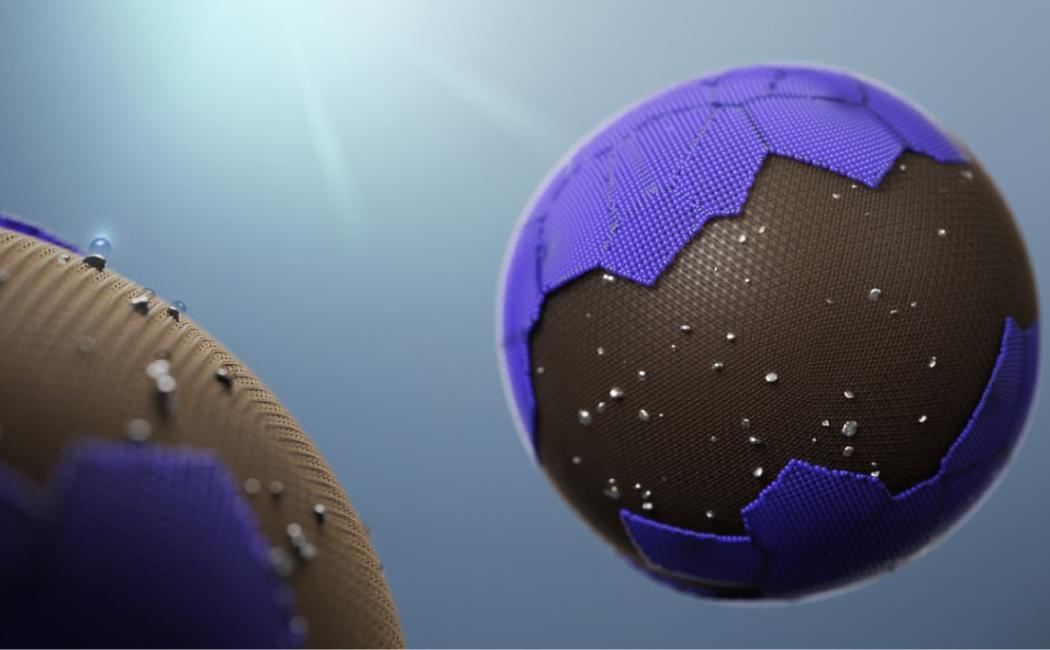
09 June, 2022
Organic semiconductor-based photocatalysts conceived by a KAUST-led team could make hydrogen easier to generate from water using sunlight.
Sunlight is the most abundant source of renewable energy, but its inability to produce consistent energy levels over time means it cannot meet energy needs on demand. A promising option is to store solar energy as clean hydrogen fuel, derived from water by the so-called hydrogen evolution reaction in the presence of a light-responsive catalyst.
Most hydrogen evolution photocatalysts consist of inorganic semiconductors, such as titanium dioxide, that almost exclusively absorb ultraviolet light. But because ultraviolet light represents less than five percent of the solar spectrum, the resulting photocatalysts are not efficient enough for commercial use.
An international team led by Iain McCulloch and research scientist Jan Kosco were able to develop organic semiconductor-based photocatalysts because they could tune the semiconductor bandgaps — which define the absorption wavelength range — to absorb visible light.
“All else being equal, the more light a photocatalyst absorbs, the more efficiently it can convert solar energy into hydrogen,” Kosco explains. “So, it is important to develop photocatalysts that are active over a broad range of ultraviolet-visible-infrared wavelengths to maximize light absorption.”
Read more at KAUST Discovery.